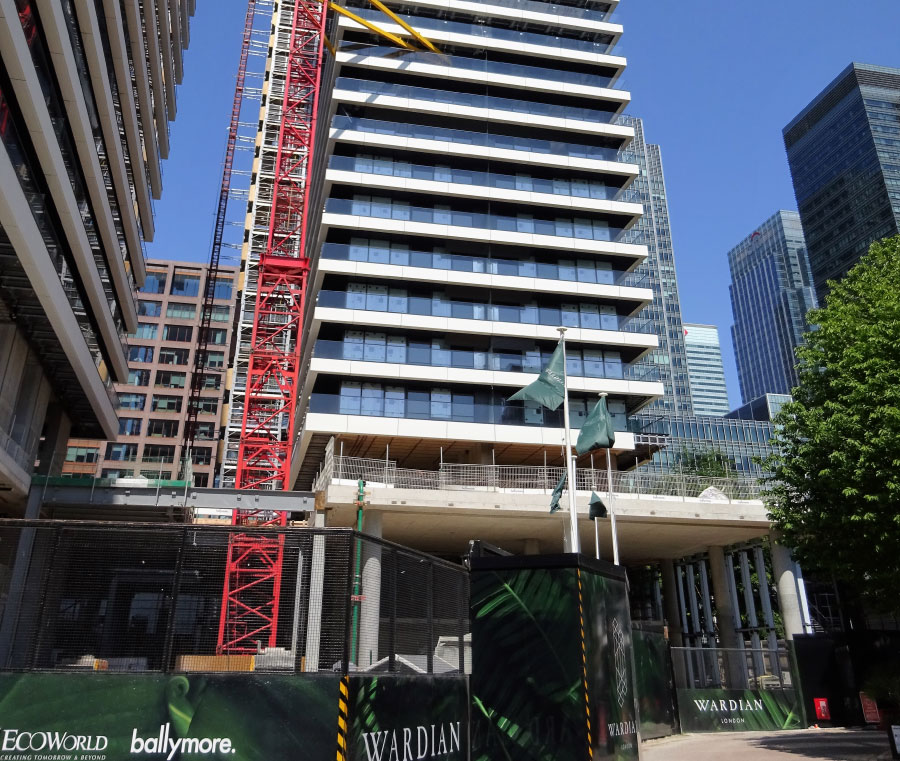

Background
In October 2021 the UK Government published its key strategy for Net Zero – “Build Back Greener”. While the size and scale of the challenge is enormous, the Construction Industry recognises the need to reach Net Zero. The construction industry is a heavy carbon emitter contributing to over 40% of the UK’s carbon footprint and has a moral and legal responsibility to address the climate emergency and accelerate sector decarbonisation.
One reason construction consumes so much is because it is based on a wasteful economic model which often involves tearing down existing structures and buildings, disposing of the resulting material in a haphazard fashion, and rebuilding from scratch. According to the Department for the Environment, Food and Rural Affairs (Defra), of the 200 million tonnes of waste generated in Britain annually, 63 per cent is construction debris. We lose more than 50,000 buildings through demolition every year and, while more than 90 per cent of the resulting waste material is recovered, much of this is recycled into a less valuable product or material, rather than being reused.

The Case For Retrofit
A significant proportion of the carbon emissions associated with buildings arise from the materials used and the construction process itself, these are the “embodied carbon emissions” of a building. Extending the lifespan of a sound existing building which is capable of adaption to meet an occupier’s future needs can be a lower carbon pathway than demolishing and building new.
Undertaking a retrofit to maximise an existing buildings energy efficiency and decarbonise its sources of heat and electrical power will help ensure that the building can provide a comfortable environment and low energy performance well into the future.
The embodied carbon associated with the construction of a typical new building can be equivalent to 20 years’ worth of its operational carbon emissions, in the future as our new buildings tend towards ultra-low operational energy consumption, then this could conceivably stretch to 40 years. Over the timeframe of 10-30 years (depending on the particular deadline for net zero) then it is likely that retrofitting existing buildings, where possible, will have a more positive impact on climate change than building new.
As for carbon emissions, retrofit makes sense because of the substantial embodied energy savings made in repurposing existing buildings, compared with the ultra-high embodied energy costs of demolition and rebuild. The barriers include a lack of policy in this area and the challenges of densifying urban and suburban areas while retaining existing buildings.



It’s in our DNA
Through our work at Amphora Consulting, we have been making a significant contribution to the climate change emergency and the challenge to reach Net Zero in the construction industry.
Our engineers and materials scientists have been for many years developing design solutions targeting effective ways of preserving, modifying or replacing structural elements of buildings and civil engineering assets, whilst at the same time retaining their fabric and character.
Our techniques are designed to identify deterioration trends early, determine their root cause, and develop plans to maintain, repair and extend the life of the assets.
Drawing on our extensive experience from industry experts with international reputation we provide alternative solutions enhanced by constructability analysis to optimize repairs and lower costs.
